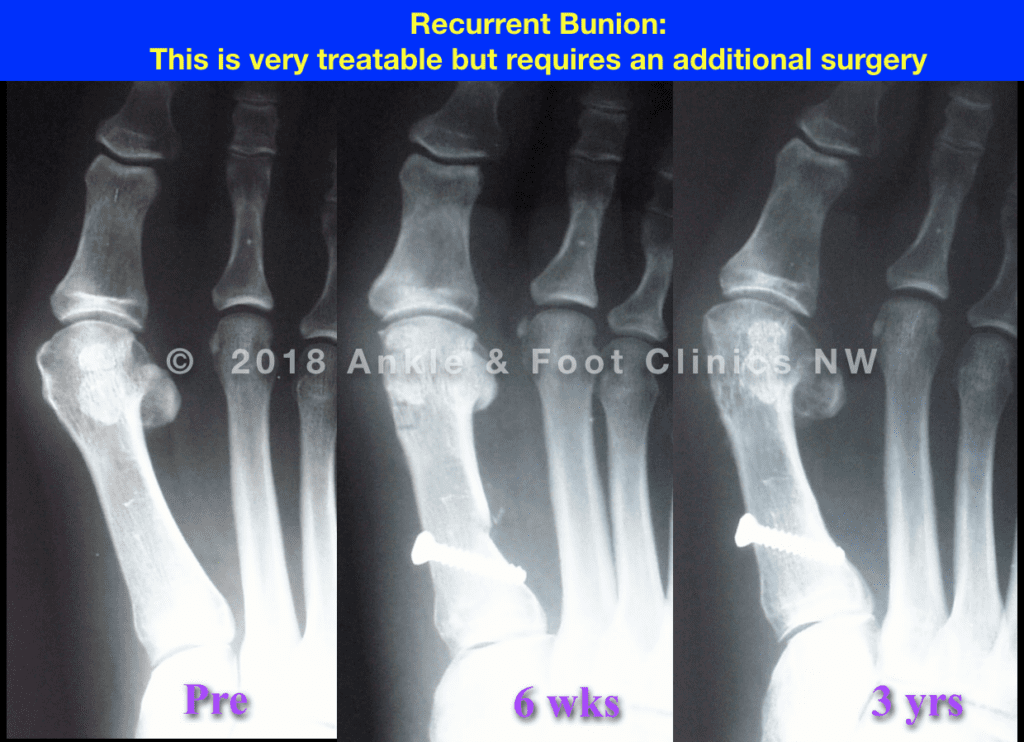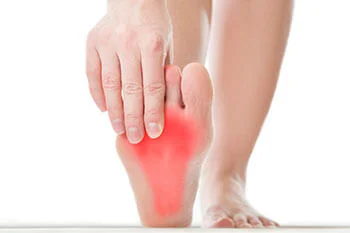Table of Contents
Introduction
Sometimes bunions come back after surgical correction. Various bunion procedures are available depending on bunion severity, age, activity level, and foot type. A recurrent bunion is a risk for any procedure that is chosen and it does not mean that the surgery was performed improperly. In order to address the bunion the second time, it is important to determine the reason why it reoccurred in the first place.
Reasons Why A Bunion May Reoccur
- If a bunion procedure in the metatarsal was performed but the first metatarsal cuneiform joint was not fused. This joint may be unstable and the first metatarsal may continue to splay outwards over time. To address the bunion this time, fusion of the first metatarsal medial cuneiform joint would be necessary.
- A procedure that fused the first metatarsal and medial cuneiform joint was performed but the fusion did not take and there is a nonunion present. To address the bunion this time a second attempt at joint fusion would be required. Typically bone graft taken from the heel bone and additional hardware is placed along the fusion site. Also determining any reasons why the nonunion occurred and trying to correct them is important.
- A procedure that fused the first metatarsal and medial cuneiform joint was performed but there was instability between the cuneiform joints. In this case, fusion of the cuneiform joints would be required.

Types of Ankle Injuries and Treatment
There are many different types of ankle injuries, such as ankle sprains, fractures, strains, and tendonitis. To relieve discomfort caused by these conditions, it’s recommended to get plenty of rest, use ice to reduce swelling and ease pain, compress the injured ankle by wrapping it for support, and elevate the ankle to reduce swelling.
What to Do Next?
If you or someone you know is sufferings with bunions, seek out the help of a podiatrist for a proper diagnosis and treatment regime.
Contact us today to schedule an appointment.


